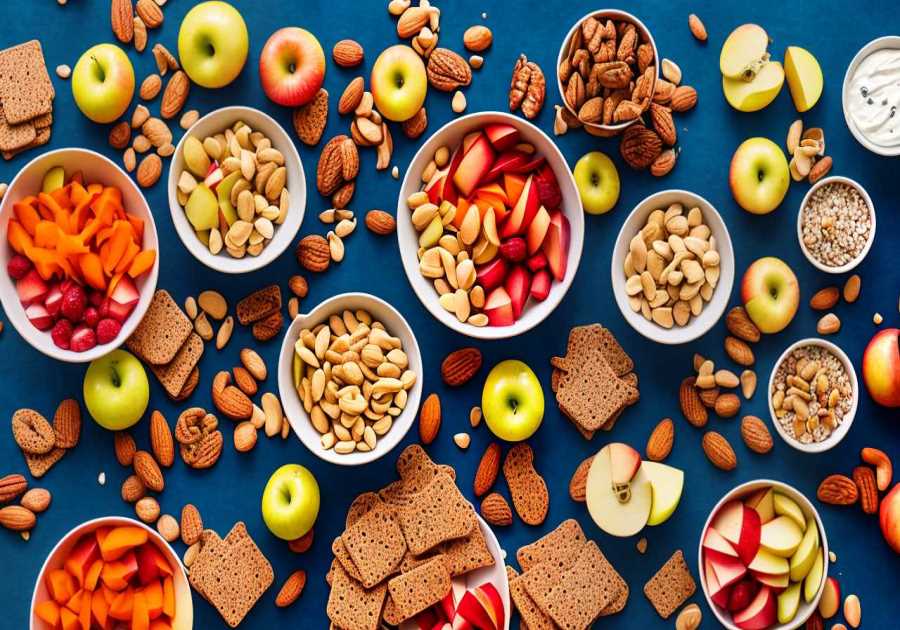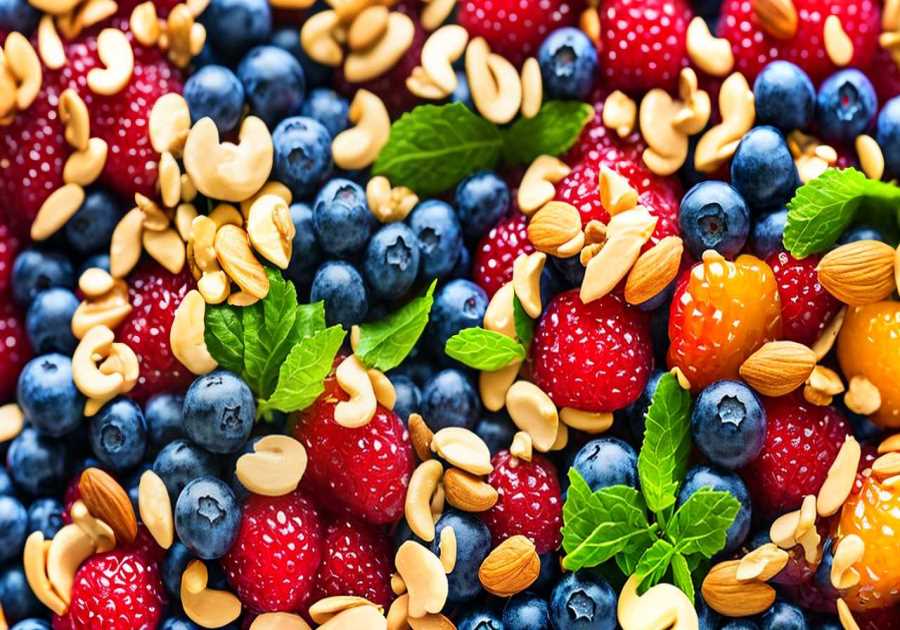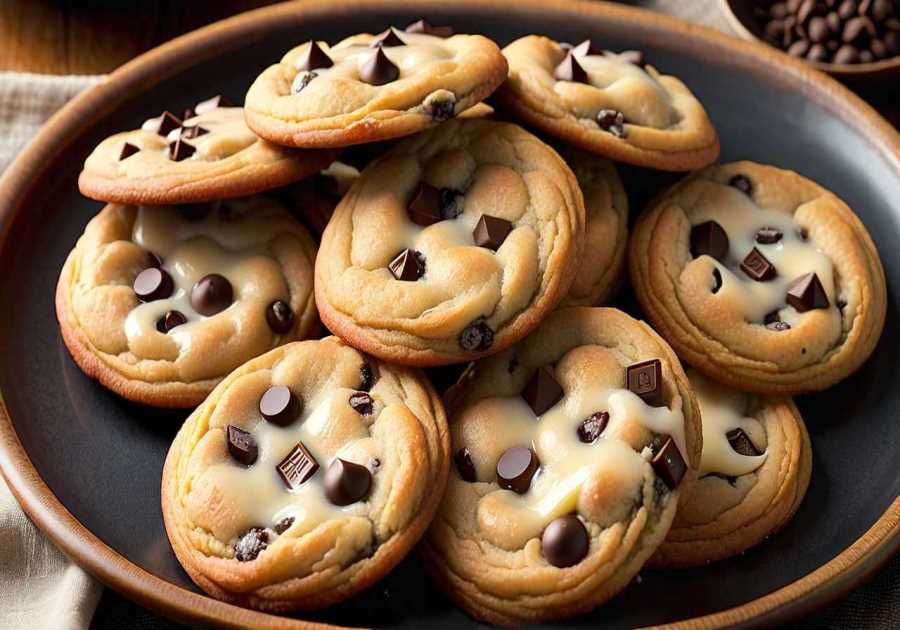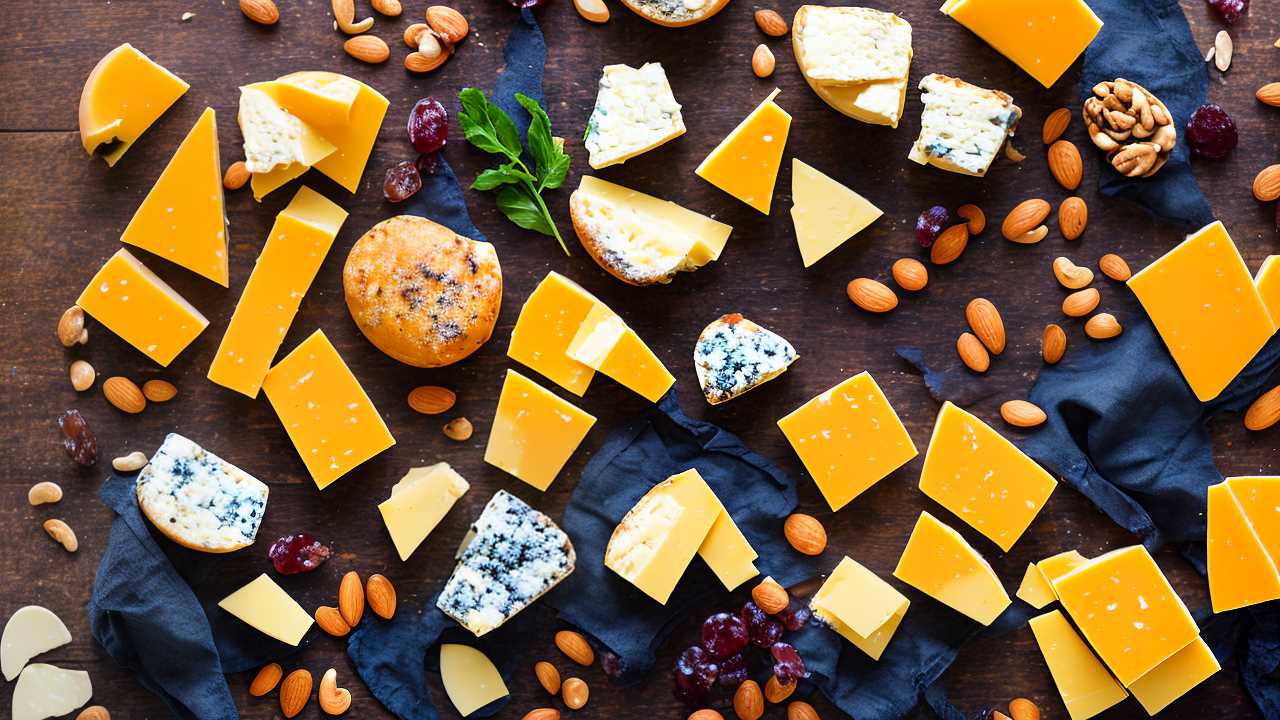
How to Satisfy Cheese Cravings?
To satisfy your cheese cravings, first understand that cheese's combination of fat and salt can be irresistible due to the pleasure it triggers in your brain. Opt for healthier options like plant-based cheeses from nuts or coconut oil, which provide essential nutrients without the extra cholesterol. Be smart about portion sizes; about 1.5 ounces, or the size of two dice, is ideal. Explore various cheese types, such as soft mozzarella for melting or hard Parmesan for grating, to diversify your intake and keep things interesting. Experimenting with these tips not only satisfies your cravings but also enhances your overall dining experience.
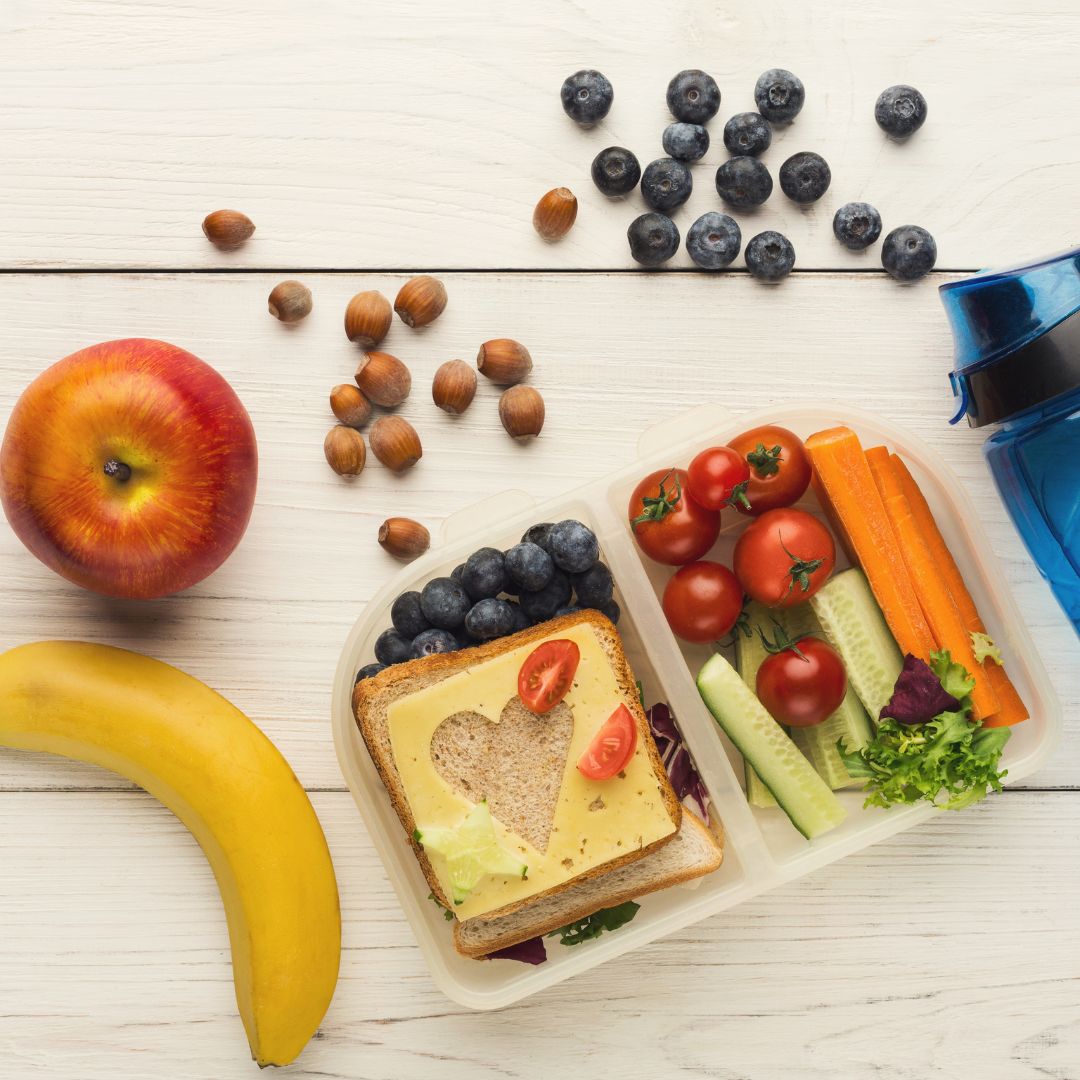
Understanding Cheese Cravings
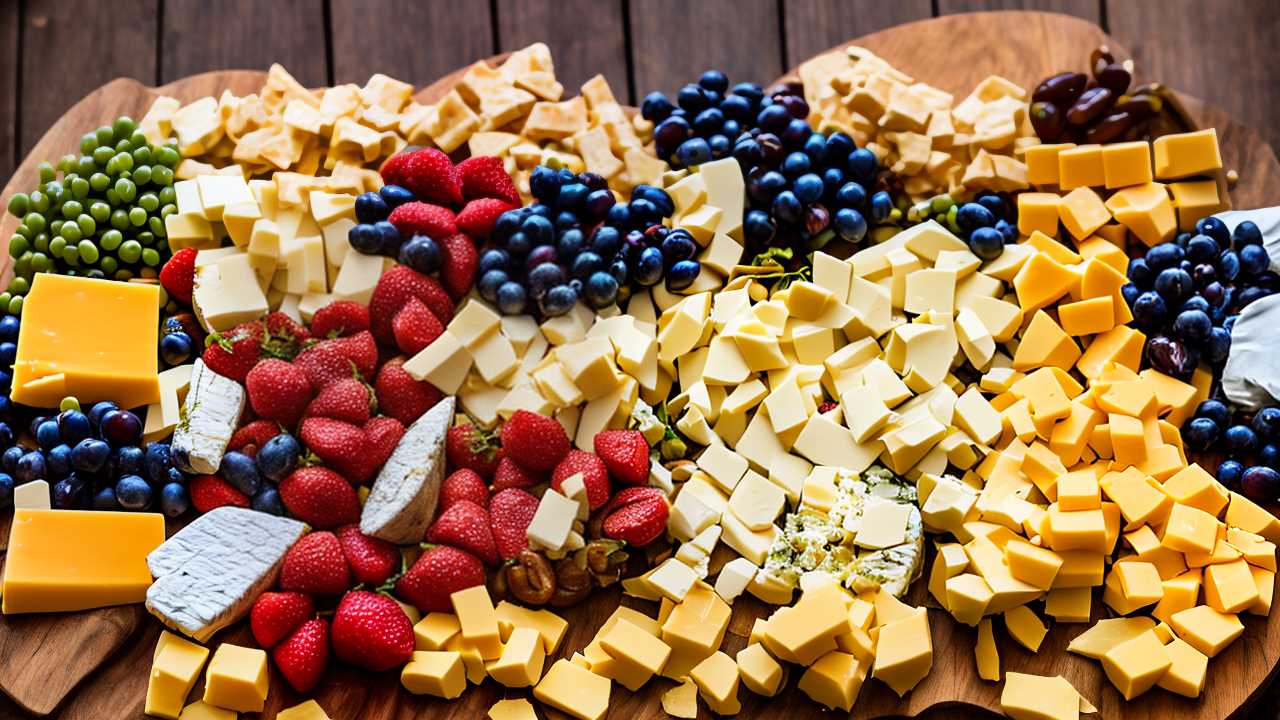
Understanding cheese cravings begins with acknowledging the powerful combination of fat and salt found in most cheeses. This irresistible duo triggers a delightful response in your brain, similar to those caused by addictive substances. The rich, creamy texture and the satisfying flavor profile activate pleasure centers in the brain, making cheese a common craving among many.
Delving deeper into cheese psychology, it's important to realize that your cravings can be influenced by both emotional and physiological needs. Cheese is often associated with comfort and nostalgia, perhaps reminding you of home-cooked meals.
On the physiological side, cheese is a great source of calcium, protein, and other essential nutrients, which your body may actually be signaling a need for when you're craving it.
Additionally, the high-fat content in cheese helps to slow digestion, which can lead to a prolonged feeling of fullness and satisfaction. This nutritional benefit makes cheese a particularly tempting choice when you're hungry or when you're seeking a snack that you believe will sustain you until the next meal.
For those who find themselves frequently indulging in cheese, exploring gourmet varieties like CheeseButta may enhance the culinary experience, bringing not just satisfaction but also a celebration with every bite.
It's crucial, however, to approach cheese consumption with moderation in mind. While it's beneficial to satisfy your cravings and provide your body with necessary nutrients, it's equally important to ensure that you're not overindulging. This is especially true if you're mindful of your overall fat and calorie intake.

Healthier Cheese Alternatives
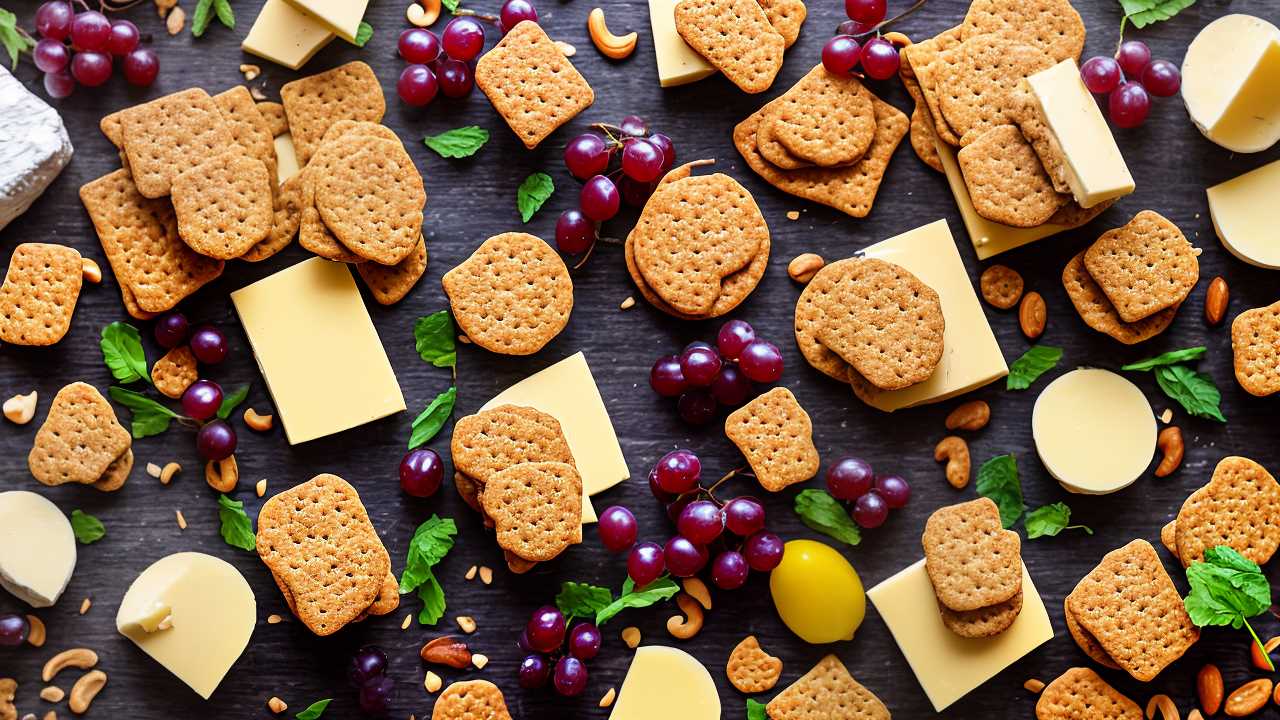
While it's enjoyable to indulge in classic cheeses, you might also consider exploring healthier alternatives that satisfy your cravings without compromising your dietary goals. Whether you're looking to reduce fat intake, avoid animal products, or just add some variety to your diet, there are plenty of options out there that offer great taste along with impressive nutritional benefits.
One exciting area to explore is plant-based cheeses. These products are crafted from nuts like cashews and almonds or from coconut oil, providing you with a rich source of healthy fats and essential nutrients. Not only do they cater to vegan diets, but they also tend to be lower in cholesterol and saturated fats, making them a heart-friendly choice.
Here's a quick look at some popular cheese alternatives:
| Cheese Type | Key Benefits |
|---|---|
| Nut-based Cheese | High in protein, low in cholesterol |
| Soy Cheese | Contains complete proteins, rich in omega-3 fats |
| Coconut Cheese | Dairy-free, good source of medium-chain triglycerides |
Each of these alternatives offers unique flavors and textures that can enrich your meals while helping you maintain a balanced diet. It's important to read labels carefully, as some plant-based options might contain added sugars or preservatives that you'd prefer to avoid.

Smart Portion Control Tips
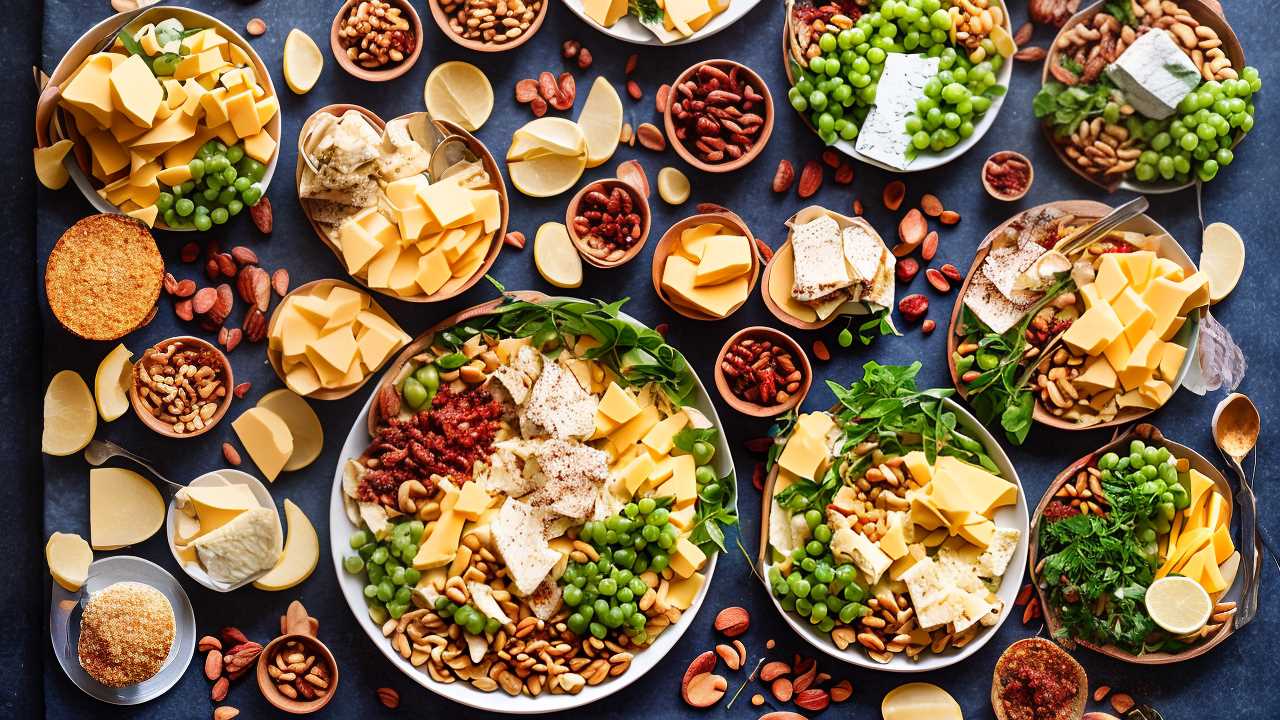
Managing your cheese portions effectively can be a game changer in both satisfying your cravings and maintaining your dietary goals. When you're serving others or just indulging yourself, knowing the right serving sizes can make all the difference. Typically, a healthy serving of cheese is about the size of two dice, roughly 1.5 ounces. This size helps you control calories while still enjoying the rich, savory flavor of your favorite cheeses.
Mindful eating is key in portion control. Before you eat, take a moment to consider why you're reaching for that piece of cheese. Are you truly hungry, or are you eating out of habit? By being more conscious of your eating habits, you can start to differentiate between craving and necessity, which is crucial in maintaining balanced serving sizes.
Additionally, when you're preparing cheese plates for guests, keep variety and balance in mind. Offer a mix of cheese types—hard, soft, aged, and fresh. This not only enhances the overall dining experience but also encourages smaller portions of each type, promoting a more mindful eating approach. Exploring classic combinations like brie with salami or cheddar with ham can add delightful flavors to your servings without overindulgence.
Use smaller plates and arrange the cheese thoughtfully, so each piece is accessible but not overwhelming.
Lastly, educate yourself and others about the benefits of portion control with cheese. It's not just about reducing intake; it's about savoring and enjoying the experience without overindulgence. Share these tips with friends or family at your next gathering. It's a great way to enjoy good company and good cheese, responsibly.

Cheese-Based Recipes

Crafting delicious cheese-based recipes can elevate your culinary skills and satisfy those cheese cravings more creatively. Understanding the rich tapestry of cheese history is essential. For centuries, cheeses have been crafted and perfected, influencing how they're used in dishes today. This knowledge isn't just trivia; it informs your choices in cheese pairings and enhances the flavors of your culinary creations.
Let's delve into a classic: the cheese fondue. This dish exemplifies the harmony of cheese pairings, typically using a blend of Gruyère and Emmental. These cheeses, with their nutty and creamy flavors, melt together to create a smooth, rich experience. When you're preparing this, remember that the quality of your cheese dictates the success of the fondue. A little white wine and garlic can elevate the flavors, making your fondue a hit at any gathering.
Another must-try recipe is a baked Camembert with garlic and rosemary. This simple yet elegant dish can be a centerpiece at your dinner table. The key here is to use a high-quality Camembert, allowing the subtle tastes of garlic and rosemary to infuse the cheese as it bakes. Serve this with a selection of crusty bread and fresh fruit for a delightful contrast in textures and flavors.
For those looking to impress, crafting a homemade ricotta can be a revelation. The process of turning milk and cream into fresh ricotta is a nod to the origins of cheese-making, reflecting its humble, yet transformative beginnings.
Use this fresh ricotta in a spinach and ricotta lasagna, layering it with homemade pasta sheets, robust marinara sauce, and a sprinkle of Parmesan for a truly decadent dish.

Exploring Cheese Varieties
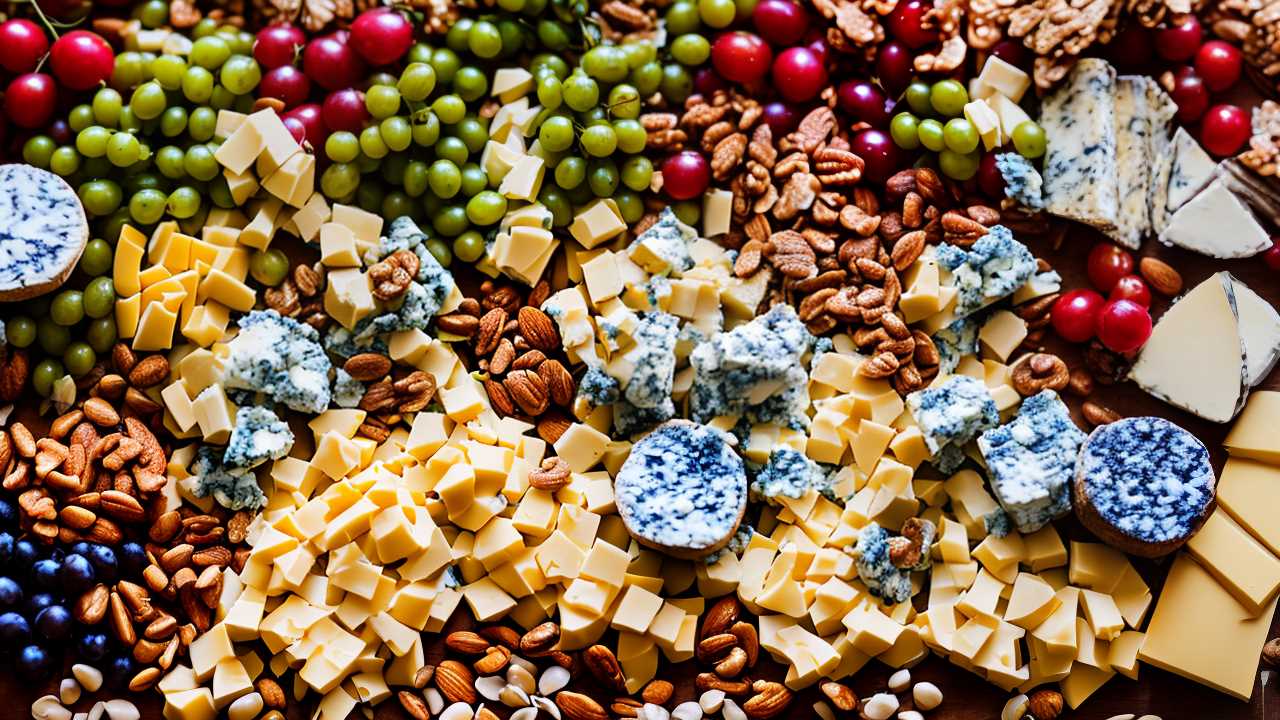
You'll find that exploring cheese varieties can deepen your appreciation for this versatile ingredient. Embark on a journey through the diverse world of cheeses, where each type offers unique flavors and textures that can transform your culinary creations.
From the creamy softness of Brie to the sharp bite of aged Cheddar, the range of cheese textures plays a crucial role in both cooking and tasting. As you explore, consider how the texture of cheese affects its use in dishes.
Soft cheeses, like mozzarella, are perfect for melting over dishes, adding a gooey delight to pizzas and casseroles. Semi-hard cheeses such as Gouda have a firmer texture that holds up well in slices, making them ideal for sandwiches and charcuterie boards. Hard cheeses, like Parmesan, are excellent for grating over pastas and salads, offering a burst of flavor with each bite.
Understanding cheese pairings is essential for enhancing the dining experience. Pair soft cheeses with light, crisp wines such as Chardonnay to balance their richness. For stronger cheeses, like Roquefort, a full-bodied wine such as Cabernet Sauvignon complements its bold flavors perfectly.
Also, consider how various cheeses blend with other foods. A slice of Swiss cheese can elevate a simple ham sandwich, while a sprinkle of crumbled blue cheese adds complexity to a classic wedge salad.

Frequently Asked Questions
Can Cheese Cravings Indicate a Nutritional Deficiency?
Yes, your cheese cravings might hint at a nutritional deficiency, specifically in calcium.
Cheese, as a rich source of calcium and other vital nutrients, could be your body signaling a need. To address this, you should enhance your calcium intake through diverse nutritional sources like dairy, leafy greens, and fortified products.
This approach ensures you're not only meeting your body's needs but also serving others by sharing knowledgeable health practices.
Are Cheese Cravings Linked to Emotional Eating?
Yes, your cheese cravings can indeed be linked to emotional eating.
Emotional triggers such as stress or sadness often lead you to seek comfort food, and cheese, with its soothing, rich flavors, fits the bill perfectly.
It's essential to recognize these patterns and perhaps find healthier ways to cope with emotions.
Understanding these triggers can empower you to make choices that better serve your well-being and health, rather than relying on temporary comforts.
How Do Cheese Cravings Vary by Age and Gender?
Ever wondered how your love for cheese might change as you age?
Cheese preference trends show age-related cravings differ significantly. Younger people often lean towards milder, more processed cheeses, while adults might savor the complexity of aged varieties.
Gender also plays a role, with women sometimes preferring softer, creamier options.
Understanding these patterns can help you cater to the diverse cheese appetites of those you serve, ensuring everyone's palate is satisfied.
What Impact Does Climate Have on Cheese Cravings?
You might wonder how climate influences your cheese cravings.
Seasonal influences significantly impact these desires. During colder temperatures, you're likelier to crave rich, hearty cheeses that provide a sense of warmth and comfort.
Conversely, in warmer weather, lighter, fresher cheese varieties are more appealing.
Understanding these temperature effects helps you cater to others' needs effectively, ensuring you serve the right type of cheese to satisfy cravings in any climate.
Can Altering Sleep Patterns Affect Cheese Cravings?
Yes, altering your sleep patterns can indeed affect your cheese cravings.
Poor sleep quality disrupts your hormonal balance, particularly impacting ghrelin and leptin, hormones linked to hunger and satiety. If you're not sleeping well, you might find yourself craving calorie-dense foods like cheese more frequently.
To manage these cravings, focus on establishing a regular, restful sleep schedule. This adjustment helps stabilize your hormones and potentially reduce those intense urges for cheese.
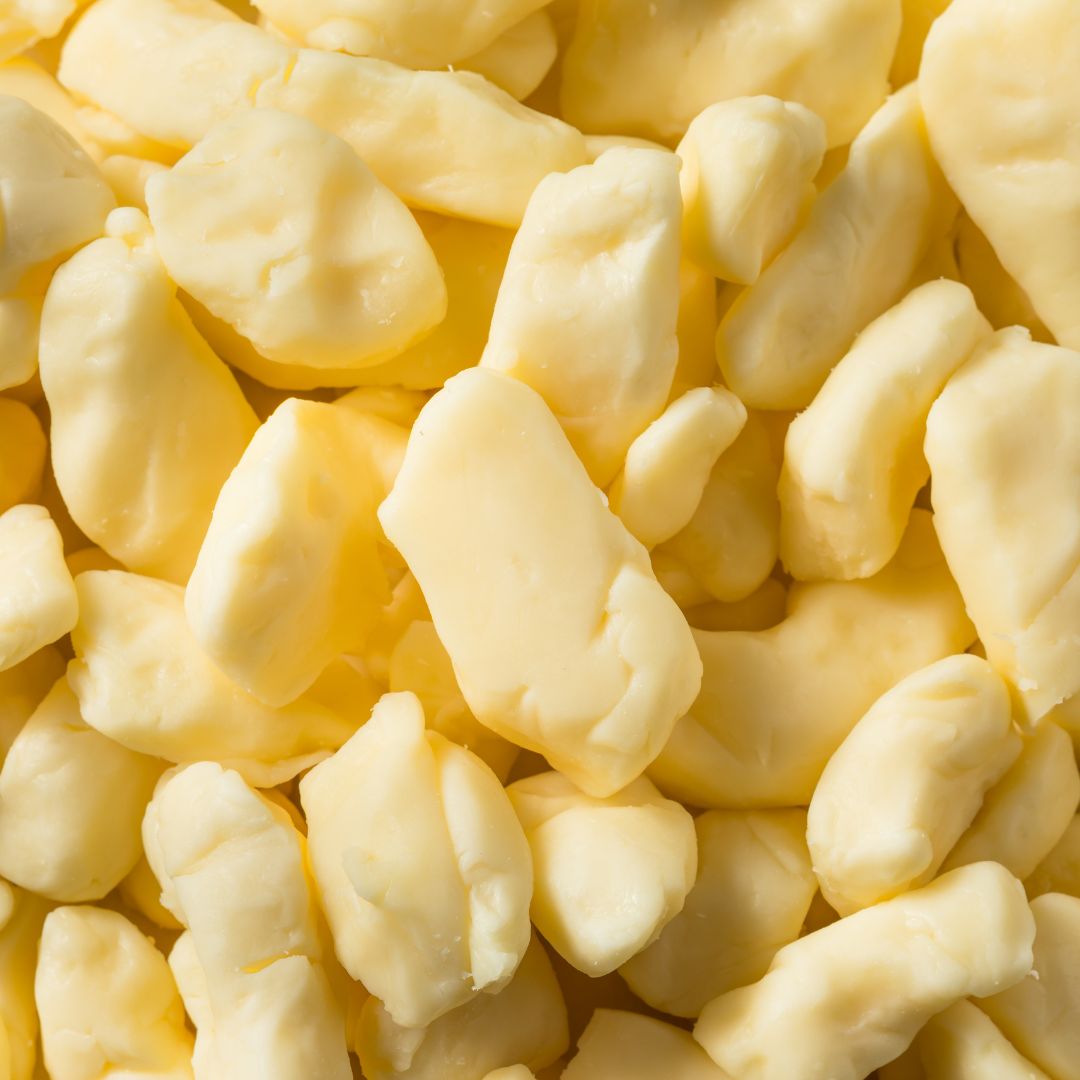
Conclusion
Now that you've navigated through the world of cheeses, remember that moderation is key—after all, too much of a good thing can be wonderful, but it's still too much. Embrace portion control, explore healthier alternatives, and indulge in a variety of cheeses to satisfy your cravings smartly. With these tips and recipes, you're well-equipped to enjoy cheese without compromise. So go ahead, treat yourself wisely and savor every bite—it's all about balance.

_7.png)
